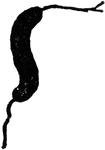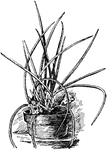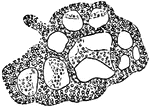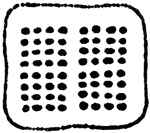Spore
"Long rod-like form containing a spore (these are the so-called "Kopfchenbacterien" of German authors)."…
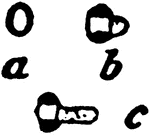
Spore
"Germination of the spore of the hay bacillus—the axis of growth of the germinal rodlet is at…

Spores
"Various stages in the development of the endogenous spores in a Clostridium — the small letters…
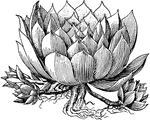
Sempervivum Tectorum
This perennial plant belongs to the sempervivum; commonly used as an ornamental plant.

Trypanosoma
Trypanosoma are of the class kinetoplastida, a monophyletic group of unicellular parasitic protozoa.…

Trypanosoma
Trypanosoma are of the class kinetoplastida, a monophyletic group of unicellular parasitic protozoa.…
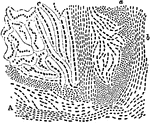
Zoogloea
"Mixed zoogloea found as a pellicle on the surface of vegetable infusions; it consists of various forms,…
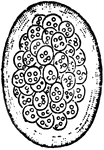
Zoogloea
"Egg-shaped mass of zoogloea of Beggiatoa roseo-persicina (Bacterium rubescens of Lankster); the gelatinous…
